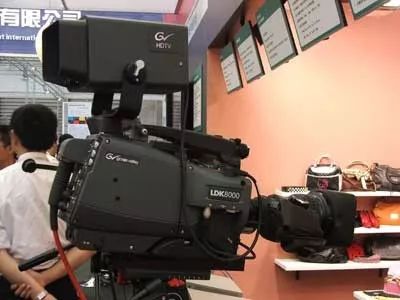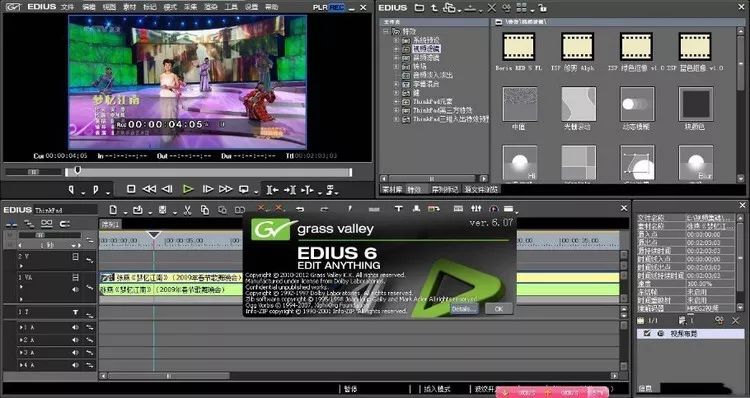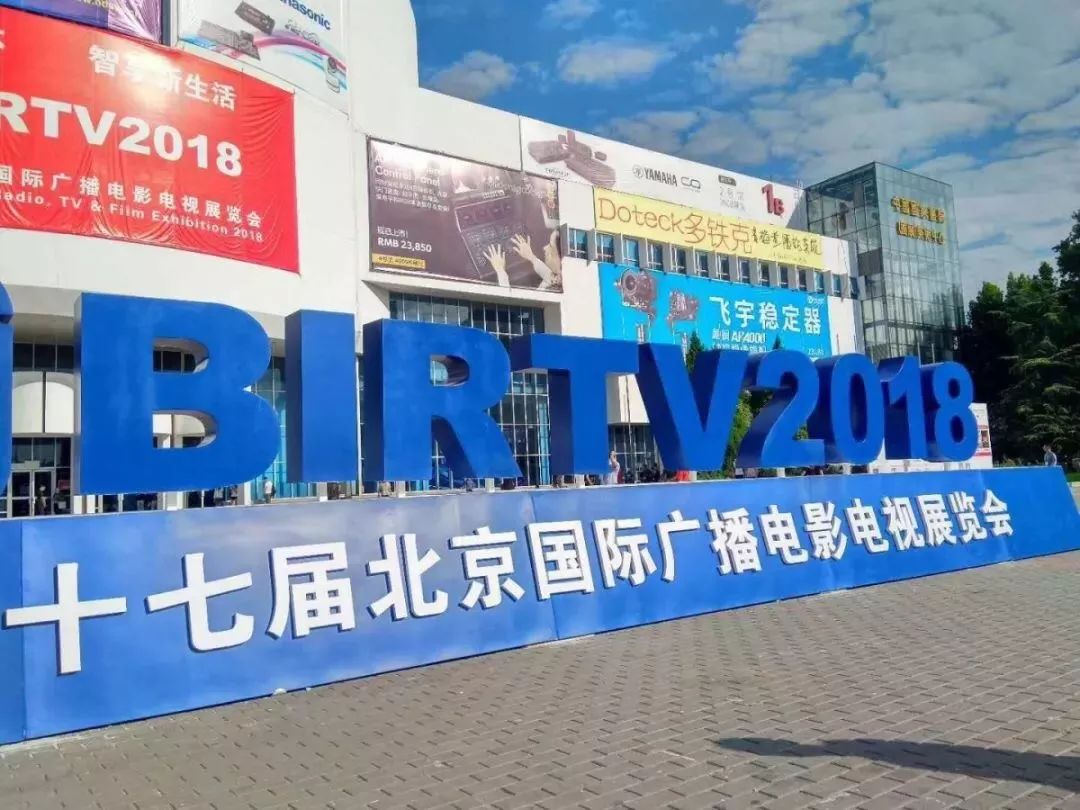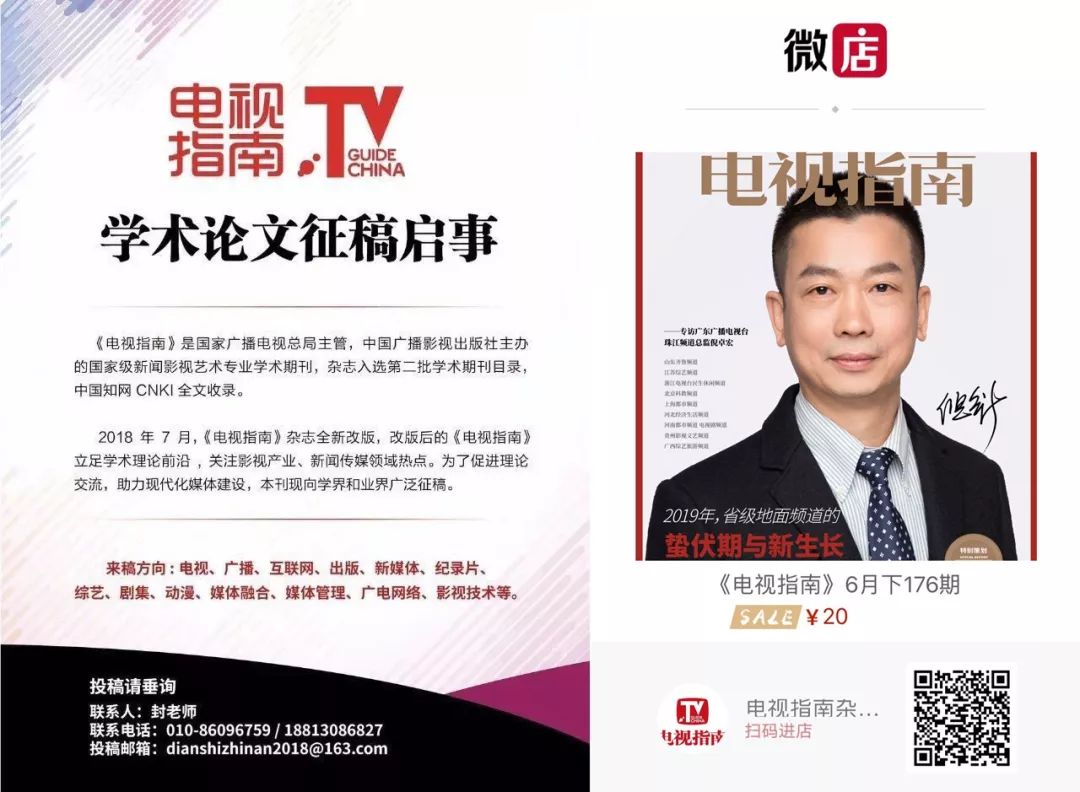
With the continuous improvement of ultra-high-definition and ultra-high-speed facilities and hardware and software in broadcasting and television, such as 4K, 8K, and 5G, traditional media technology companies behind broadcasting and television systems have been investing heavily in research and development, contributing to the construction of integrated media high-definition laboratories, 4K and 8K high-definition shooting equipment, high-definition broadcast vehicles, and equipment product services related to the 5G era.
Source: Media Insider – Exclusive Media
Written by/Zhang Ying
Recently, domestic technology and communication companies such as Huawei and China Mobile have further crossed into the field of high-definition video production. As traditional media technology companies behind broadcasting and television systems, long-established manufacturers like Sony from Japan and Grass Valley from Europe and America have always been stable suppliers of broadcasting and television equipment in China, with a combined market share exceeding 80%.
These companies have been heavily investing in research and development, keeping pace with the development of China’s broadcasting video industry, and have also played a technological role in the construction of integrated media high-definition laboratories, 4K and 8K high-definition shooting equipment, high-definition broadcast vehicles, and equipment product services related to the 5G era.
To further understand the technological forces behind the transformation of broadcasting and media integration, Media Insider interviewed Wang Xiang, General Manager of Grass Valley China.

60 Years of Professional Broadcast Television Hardware Manufacturing
Grass Valley, abbreviated as GV, is a professional broadcast television hardware manufacturer founded in 1959. This year marks the 60th anniversary of Grass Valley and the 30th year since its entry into China. In the global broadcasting and television industry, it has a relatively long history. After various periods of splitting, acquisition, and integration, Grass Valley is currently headquartered in Montreal, Canada, with its parent company being the American company Belden.
“We are an established equipment manufacturer with the most comprehensive product line in the broadcasting and television industry, from high-definition 4K and 8K cameras to the entire signal processing and transmission system. We have products for every link in the entire chain and can provide complete solutions to broadcasting and television customers. After 60 years of development, we have become the largest and most diverse broadcast equipment manufacturer globally,” Wang Xiang stated.
As a device manufacturer, new technologies and products are crucial for the long-term survival of the company. Based on continuous investment in research and development, Grass Valley currently has over 700 R&D personnel and holds 363 patents in the broadcasting and film industry worldwide, having won 35 Emmy Awards for technical excellence.
Global Changes in the Broadcasting Industry Driving Technological Transformation
With the rapid changes in the broadcasting industry, Grass Valley is also focusing on two aspects of technological transformation.
Wang Xiang explained: “One is ultra-high-definition technology. In terms of television video formats, we are gradually transitioning from high-definition to ultra-high-definition, which means moving from HD to 4K and 8K, from HD to UHD development. The second is IP technology. Traditional broadcasting and television were based on coaxial cable transmission, but now it is high-speed network access. For products, it is no longer just about distributing a few signals; the entire infrastructure is developing towards IP. Therefore, the entire infrastructure needs significant technological transformation.“

Here, IP in the technology industry refers to a transmission protocol composed of codes, characterized by flexibility, scalability, and strong signal compatibility. In the broadcasting technology transmission system, it is operated on a computer, encapsulating broadcasting signals using the IP protocol for transmission. Previously, it was transmitted via coaxial cables, but now it is through 10G networks.
Asia’s First Ultra-Large Scale 4K Ultra-High Definition Broadcast Vehicle is Born
Last year, Grass Valley completed Asia’s first ultra-large scale 4K ultra-high definition broadcast vehicle, delivered to Shanghai SMT, with the core being the construction of a system using IP technology, with the broadcast vehicle serving as the central control.
“We are currently focusing on providing comprehensive and relatively integrated solutions, such as building studios, broadcast vehicles, and central control systems. We have worked on ultra-high-definition studios for CCTV and several other media outlets. In terms of broadcasting, we have long been involved in the transmission of events such as the Olympics and F1, from camera shooting to capturing various slow-motion shots. Last year, we also provided a complete broadcasting solution for the Shanghai Import Expo,” Wang Xiang said.
Client Base Balancing Traditional Television Stations and New Media
Grass Valley’s client base primarily consists of traditional television stations. However, in the past two years, with the development of new media, its client base has also undergone some changes. “Starting three or four years ago, we have gradually developed some industries and users outside of traditional broadcasting and television stations, such as new media users. We have collaborated with companies like Tencent, iQIYI, Youku, and PPTV, mainly in equipment cooperation, as well as new broadcasting model collaborations and joint research on different application scenarios,” Wang Xiang told Media Insider.
Grass Valley organized China’s first 4K live broadcast with Tencent, which was at Faye Wong’s concert in Shanghai. However, this year, Grass Valley also sees new business opportunities in the transformation of television stations. Wang Xiang stated, “I believe that the upgrade of television stations has a significant demand for advanced equipment. Especially starting this year, from the national government to the Central Radio and Television Station and various local stations, there has been a huge focus on this investment. Next-generation communication networks, such as the application of 5G technology, will also be supported by national policies and media organizations. We see some business opportunities in this area as well.“

Providing Integrated Media High-Definition Studio Solutions
The reform of integrated media is undoubtedly the hottest topic in the domestic broadcasting industry. Wang Xiang analyzed, “Because some traditional media in the country need to transform in the face of new situations, they need to combine online media and television media to form a platform that integrates old and new media, with unified production for content regulation and multi-platform distribution. This integrated media is essentially a technology center, and we have very rich product solutions and product lines in this area. We also have some partners who have customized integrated media solutions.”
CCTV is the first television station in China to launch a 4K ultra-high-definition channel and is also a key integrated media platform for Grass Valley. At the end of last year, they also participated in the renovation of Beijing TV’s broadcast control. In addition to providing solutions, we also offer a comprehensive after-sales service plan. However, Grass Valley mainly focuses on being a hardware provider, while software is still provided by local software vendors.
Wang Xiang believes that how to organize an integrated media platform that meets user needs while considering future business growth and ultra-high definition is a question that equipment providers need to think about.

Analysis of Three Major Future Trends in the Media Technology Industry
From the perspective of specific business upgrades in broadcasting and film, the entire process from content production, storage to transmission will face technological upgrades and reconstruction. Wang Xiang stated that the transformation has three aspects. “First, all production processes will increasingly trend towards virtualization, cloud computing, and ultra-high-definition transmission.“
1. The entire program process and production will be virtualized, supported by a large amount of software technology. In fact, virtualization requires ultra-high purity from the signal itself, and the construction of hardware devices needs to be based on IP.
2. Cloud refers to the cloud storage of program content, which is increasingly moving towards the cloud. In China, media asset storage clouds such as Gehua Cloud and Lizhi Cloud have already emerged.
3. The bandwidth of signals is becoming wider, and the resolution requirements for programs are also increasing. Now, 4G can no longer meet the transmission and production needs of ultra-high-definition programs, so the next generation of communication networks, including 5G and even 6G, will come.

Summary of Interview Transcript
Media Insider: What specific roles do we play in the construction of integrated media high-definition studios?
Wang Xiang: How to organize an integrated media platform that meets user needs while considering future business growth and ultra-high definition is a question that equipment providers need to think about. However, Grass Valley mainly focuses on being a hardware provider, while software is still provided by local software vendors. The core of the integrated media high-definition studio for television stations is to distribute and schedule signals, balancing multiple ports for television and new media. On this infrastructure, we can develop software for artificial intelligence applications such as robot hosts and Baidu Xiaobing, as well as produce different applications; we mainly focus on the platform beneath the infrastructure.
Media Insider: What is the biggest trend in the media technology field?
Wang Xiang: The biggest trend is the rapid development of ultra-high definition. China is currently the fastest and most unique in the global ultra-high definition development. In the future, 4K, 8K, and even higher resolutions will certainly be the focus of all manufacturers. Secondly, with the arrival of the Industrial 4.0 era and the development of IT technology, the computing power of chips will further improve, leading to a significant transformation in the entire broadcasting and television industry. This year’s two sessions attempted to use 5G for transmission, which is just a preliminary attempt; in the future, the efficiency and speed of live broadcasts and transmissions will be greatly enhanced.





